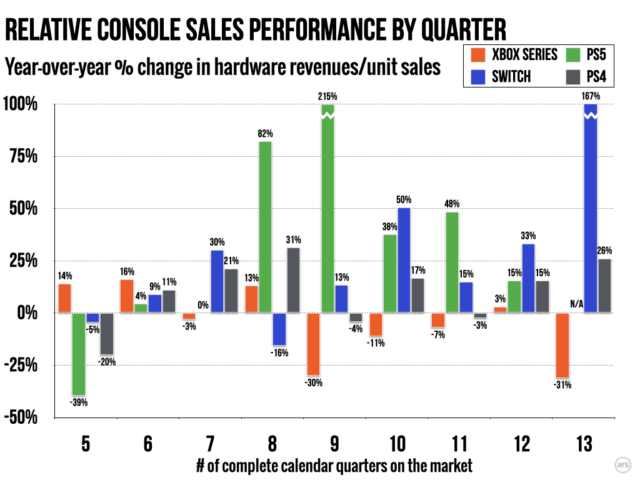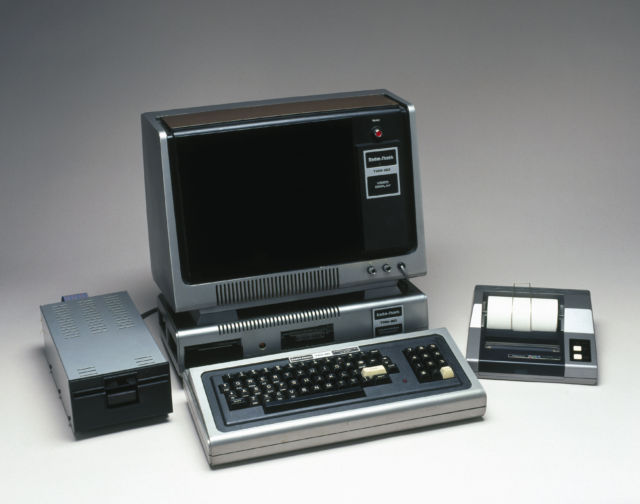Microsoft shuts down Bethesda’s Hi-Fi Rush, Redfall studios
Closing up shop —
Xbox maker wants to “prioritiz[e] high-impact titles” according to letter to staff.
Tango Gameworks
Microsoft is shutting down four studios within its Bethesda Softworks subsidiary, according to a staff email obtained by IGN. The closures include Redfall developer Arkane Austin and Hi-Fi Rush studio Tango Gameworks. While some team members will be reassigned to other parts of the company, head of Xbox Game Studios Matt Booty said in a letter to staffers “that some of our colleagues will be leaving us.”
Tango Gameworks confirmed in a short social media message that “Hi-Fi Rush, along with Tango’s previous titles [like The Evil Within], will remain available and playable everywhere they are today.” But the closure of Arkane Austin means that “development will not continue on Redfall,” the company wrote in its own social media update. “Arkane Lyon will continue their focus on immersive experiences where they are hard at work on their upcoming project [Marvel’s Blade].”
In his note to staff, Booty said that [Redfall] “will remain online for players to enjoy and we will provide make-good offers to players who purchased the Hero DLC.”
Mobile-focused Alpha Dog Studios announced that its shutdown would lead to an August 7 closure of the servers for Mighty Doom. Players can request a refund for any in-game currency for that game, which will no longer be sold as of today. Roundhouse Studios, which formed in 2019 to help with development of Redfall, will be absorbed into Elder Scrolls Online studio Zenimax Online, according to Booty’s letter.
Doom studio id Software, Starfield studio Bethesda Game Studios, and Indiana Jones and The Great Circle studio Machine Games seem unaffected by today’s cuts.
A change in focus
Enlarge / Arkane Austin’s Redfall was widely considered a failure inside and outside Microsoft.
Arkane Austin
Arkane Austin’s sad fate is not too surprising given that Booty has publicly admitted that Redfall‘s troubled 2023 release was “a miss” for the company. The Tango Gameworks shutdown is more of a shock though, considering that Xbox Marketing VP Aaron Greenberg called Hi-Fi Rush “a breakout hit for us and our players in all key measurements and expectations” less than a year ago. “We couldn’t be happier with what the team at Tango Gameworks delivered with this surprise release,” he wrote at the time.
In his letter to staffers, Booty said the closures were “not a reflection of the creativity and skill of the talented individuals at these teams or the risks they took to try new things.” And while the changes will be “disruptive,” Booty said that they are “grounded in prioritizing high-impact titles and further investing in Bethesda’s portfolio of blockbuster games and beloved worlds which you have nurtured over many decades.”
The consolidation will allow Microsoft to “invest more deeply in our portfolio of games and new IP” and “create capacity to increase investment in other parts of our portfolio and focus on our priority games,” Booty continued.
“This is absolutely terrible,” Arkane Lyon Co-Creative Director Dinga Bakaba wrote in a scathing social media thread. “Permission to be human: to any executive reading this, friendly reminder that video games are an entertainment/cultural industry, and your business as a corporation is to take care of your artists/entertainers and help them create value for you.”
The Bethesda studio closures come just a few months after Microsoft laid off 1,900 employees in its 22,000 employee gaming division following the completion of its long-sought merger with Activision Blizzard.
Microsoft shuts down Bethesda’s Hi-Fi Rush, Redfall studios Read More »

































